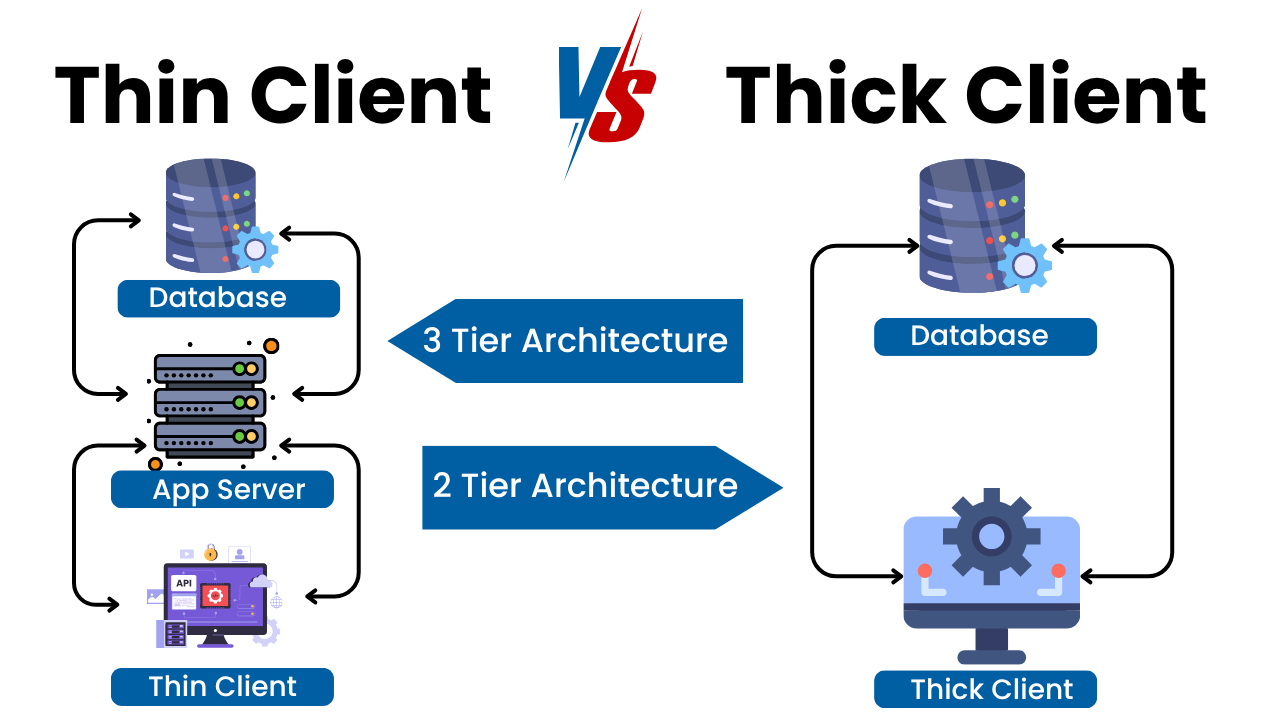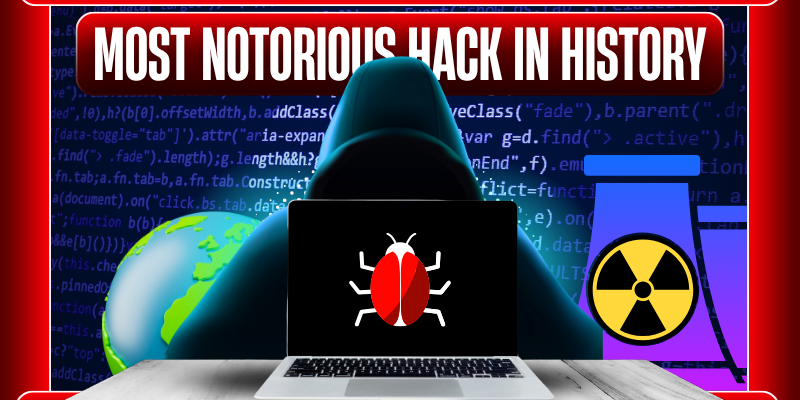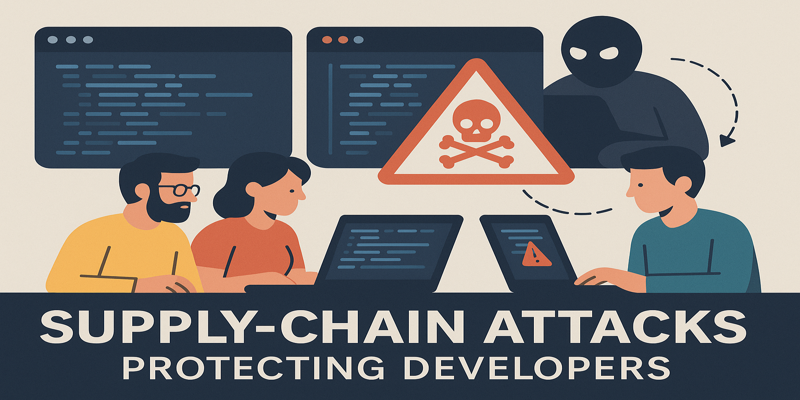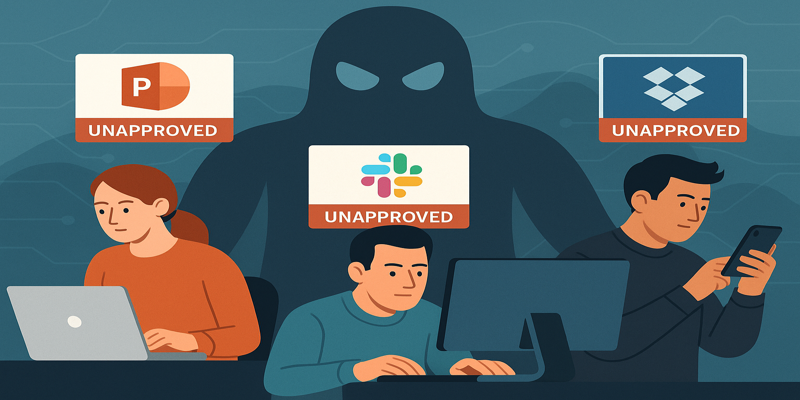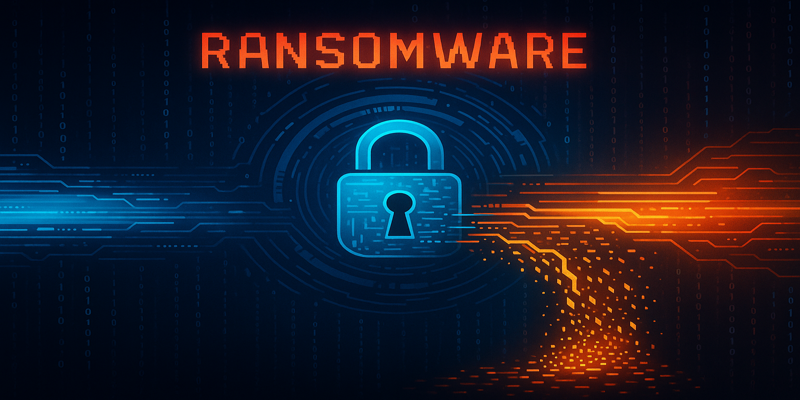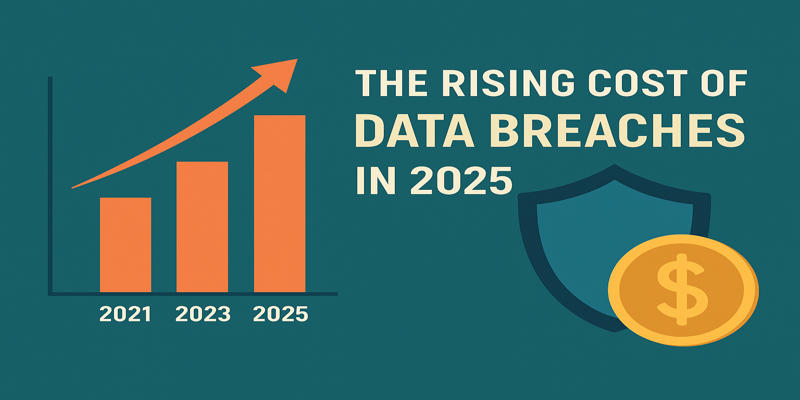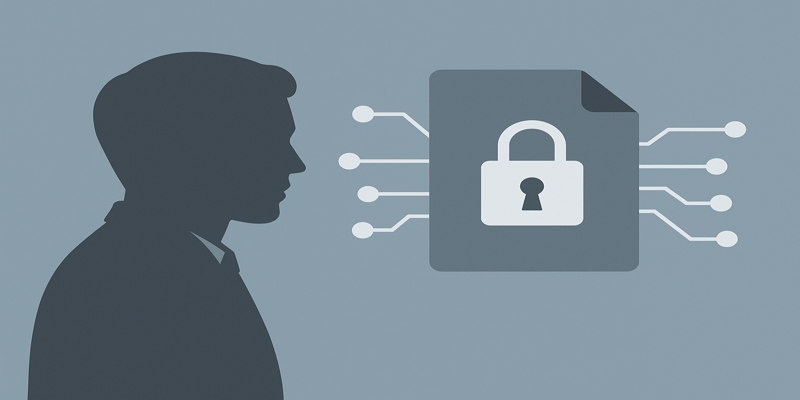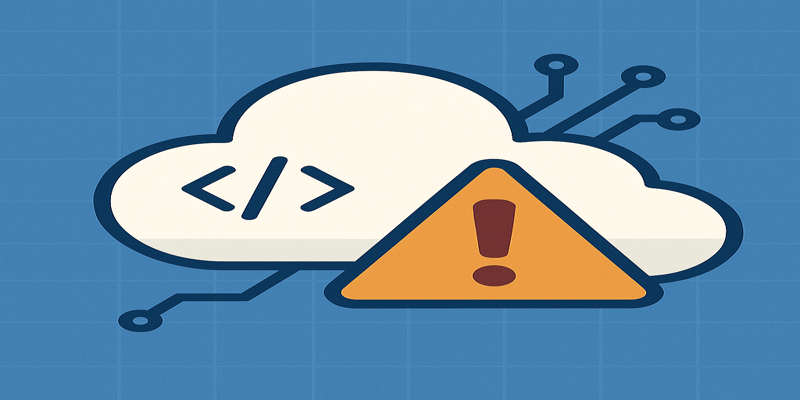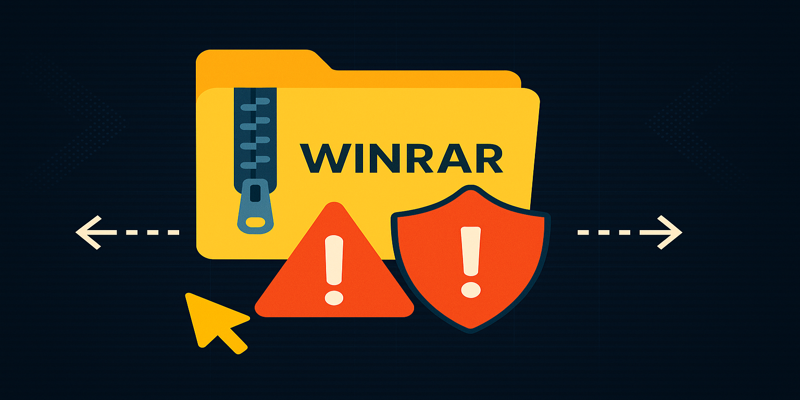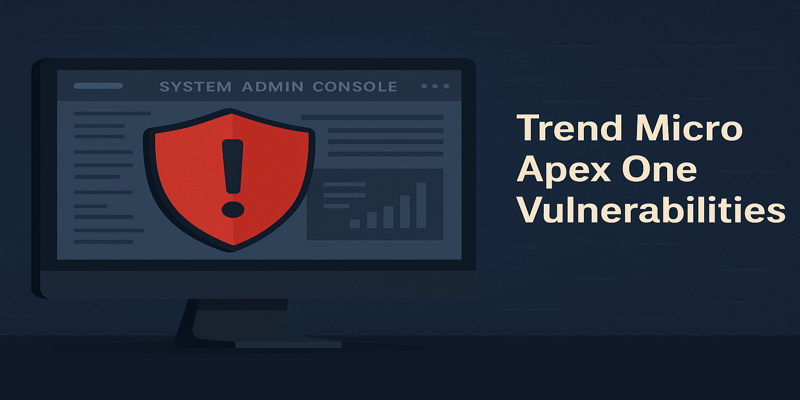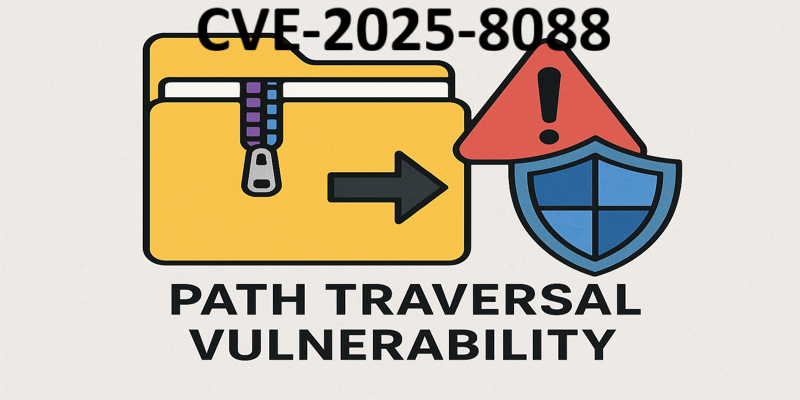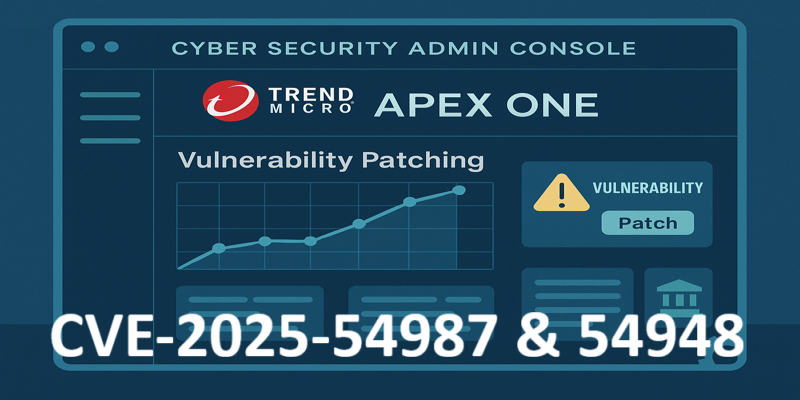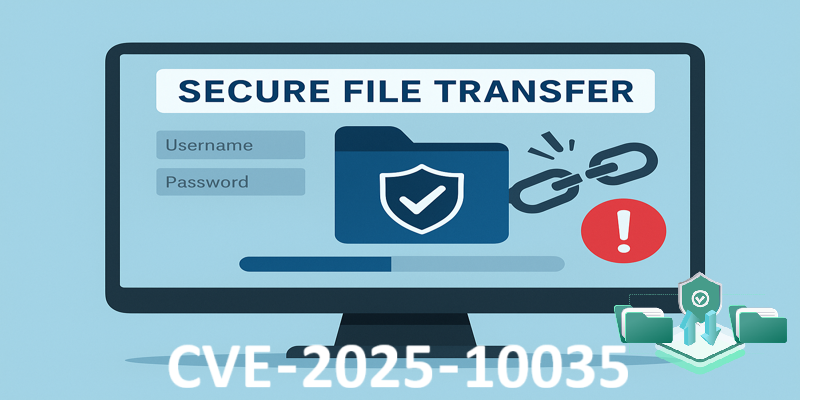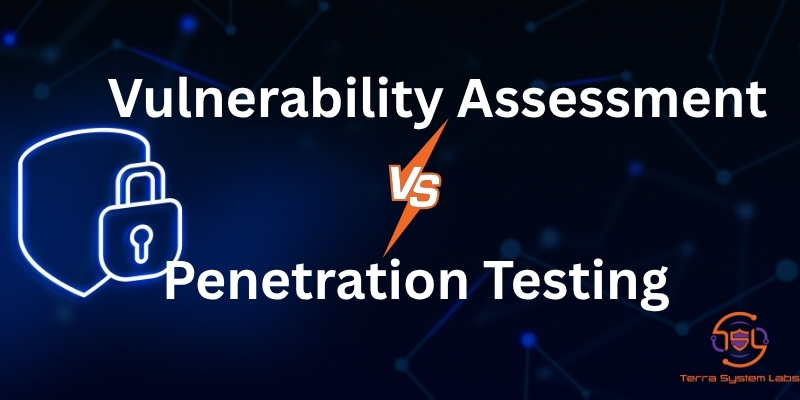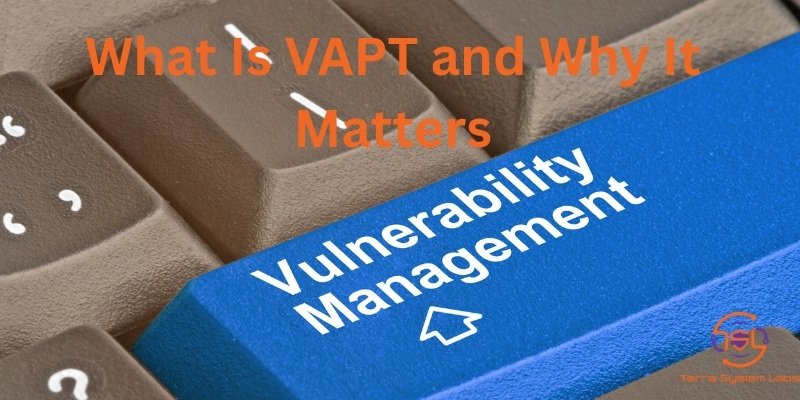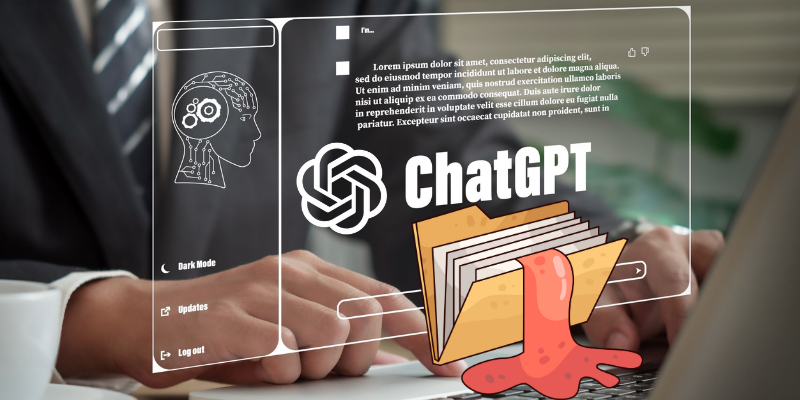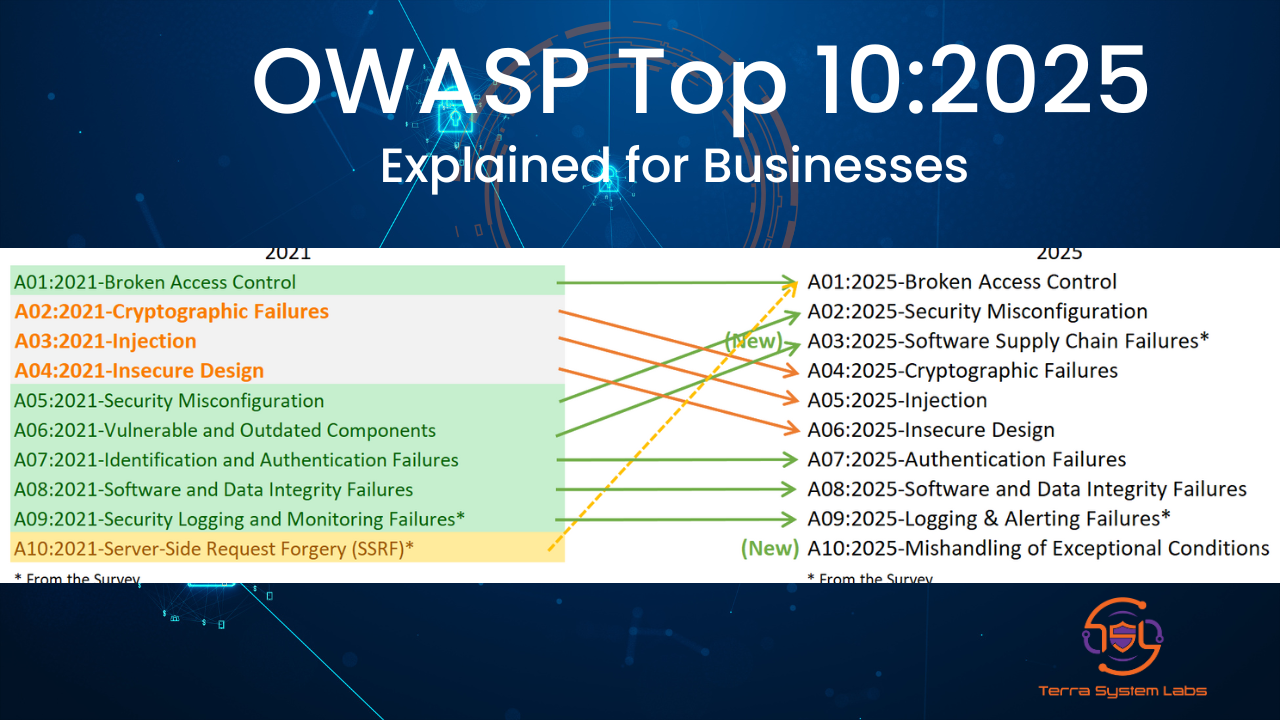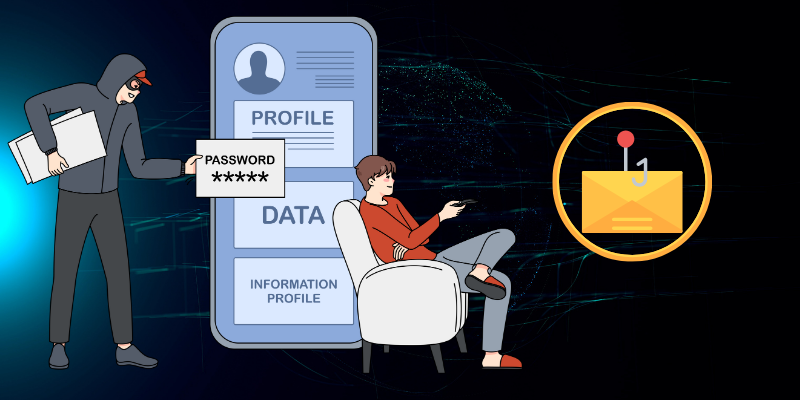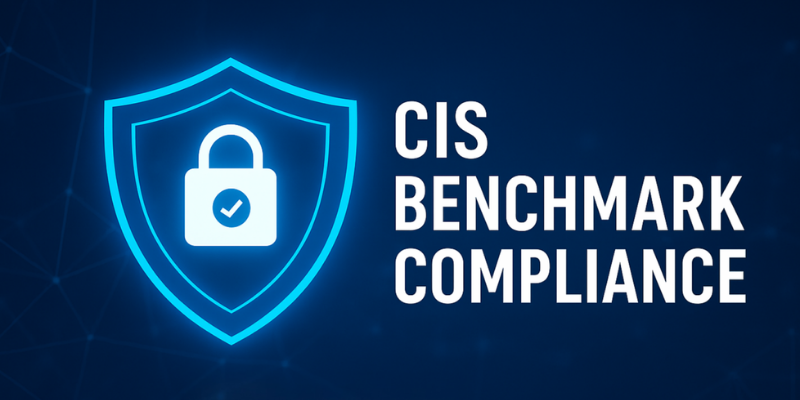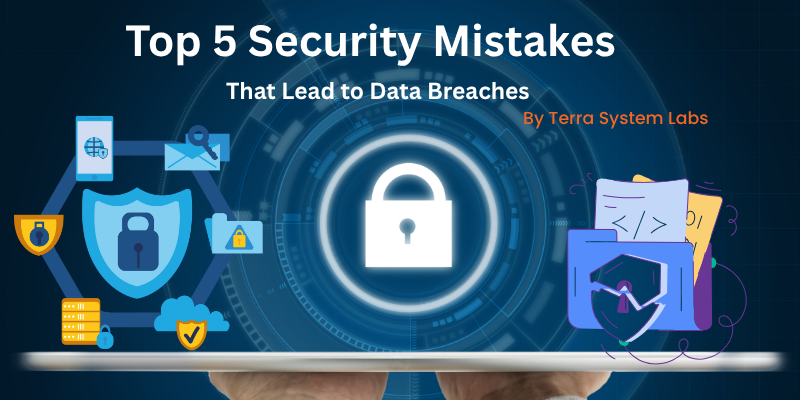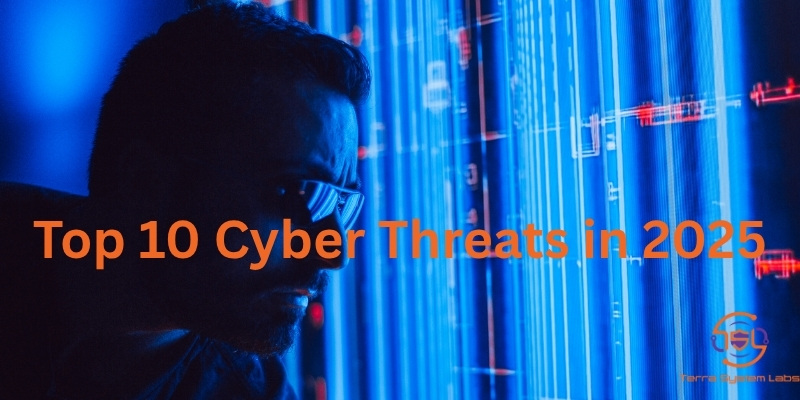Zimbra Zero-Day Exploit: Hackers Target Users via Malicious Calendar Files
A new wave of cyberattacks has hit organizations using the Zimbra Collaboration Suite (ZCS). Security researchers have uncovered that attackers are exploiting a previously unknown flaw using weaponized iCalendar (.ICS) files. This zero-day exploit allows hackers to inject malicious JavaScript into user sessions and steal sensitive data.
At Terra System Labs, we analyze how this attack works, why it is dangerous, and what steps every organization must take to protect their systems.
How the Attack Was Discovered
Researchers from StrikeReady Labs identified suspiciously large .ICS (iCalendar) attachments that contained JavaScript code. When opened in Zimbra Webmail, these files triggered a stored cross-site scripting (XSS) vulnerability, now tracked as CVE-2025-27915.
Once a user previewed the malicious calendar invite, the embedded script ran automatically, hijacking their active session. This allowed attackers to steal credentials, monitor communications, and secretly forward emails.
Some of the earliest observed attacks targeted government and military organizations, including a Brazilian defense entity. Hackers disguised the invitations to look like legitimate meeting requests from trusted senders, even impersonating the Libyan Navy’s Office of Protocol to make the attack appear authentic.
How the Exploit Works
The root cause lies in how Zimbra handled HTML content inside iCalendar files. Attackers inserted malicious JavaScript into the event details or attributes, which were then rendered directly in the webmail interface without proper sanitization.
Once executed, the script could perform several harmful actions:
-
Steal login credentials by injecting hidden form fields into the webmail interface.
-
Use Zimbra’s internal SOAP API to search and download emails, contacts, and attachments.
-
Create a secret filter rule (named “Correo”) that automatically forwarded future emails to an attacker’s ProtonMail account.
-
Exfiltrate data to remote servers via hidden HTTP POST requests.
-
Delay or randomize execution to evade detection and appear as normal user activity.
This made it extremely difficult for administrators to notice the compromise.
Why This Attack Matters
Zimbra has been a frequent target of cybercriminals because of its popularity among government, financial, and enterprise users. Previous vulnerabilities such as CVE-2023-37580 and CVE-2022-41352 were also used in active campaigns to steal emails or gain remote access.
This latest zero-day attack reinforces one key lesson: even vulnerabilities considered “medium severity,” like XSS, can have major consequences when exploited in webmail environments.
Risks for Organizations
If exploited successfully, the attack could lead to:
-
Credential Theft: Usernames and passwords stolen through injected forms.
-
Data Leakage: Ongoing monitoring through malicious auto-forwarding rules.
-
Operational Disruption: Unauthorized access to internal communications and files.
-
Reputation Damage: Compromise of business or client information.
The stealthy nature of the exploit means it could go undetected for days or weeks.
Mitigation and Defense Strategies
Organizations using Zimbra should immediately take these steps:
1. Apply Security Patches
Zimbra has released updates that fix the vulnerability. Upgrade to:
-
Version 9.0.0 Patch 44 or higher
-
Version 10.0.13 or higher
-
Version 10.1.5 or higher
2. Audit Mail Rules
Check for unexpected filters or forwarding rules, especially any named “Correo” or containing external addresses.
3. Block or Inspect ICS Attachments
Restrict .ICS files received from unknown sources or exceeding normal size limits. If possible, disable automatic rendering of calendar invites.
4. Strengthen Webmail Security
-
Enforce strong Content Security Policies (CSP).
-
Sanitize all HTML content and disable unsafe attributes like
ontoggle. -
Avoid inline JavaScript execution in user interfaces.
5. Enhance Monitoring
-
Watch for unusual HTTP requests or outbound traffic from the webmail application.
-
Review SOAP API access logs for abnormal behavior.
6. Educate Users
Train employees not to open calendar invites or attachments from unverified senders. Phishing awareness remains the first line of defense.
Lessons for Cybersecurity Teams
-
Never underestimate webmail vulnerabilities. Even simple scripting bugs can lead to complete data compromise.
-
Patch delays invite exploitation. Attackers often weaponize flaws within days of disclosure.
-
Behavior-based monitoring pays off. The attack was discovered because analysts noticed abnormal ICS file sizes and embedded code.
-
Defense-in-depth is essential. Combining patching, monitoring, and user education provides stronger protection than relying on a single control.
Terra System Labs’ Perspective
This attack highlights how collaboration tools are increasingly being used as entry points for cyber espionage. Terra System Labs continues to emphasize the importance of Vulnerability Assessment and Penetration Testing (VAPT), application security audits, and threat-hunting exercises to detect such zero-day-style exploits early.
Organizations should not wait for a public advisory before acting. Regular security assessments, patch hygiene, and real-time monitoring are crucial to defend against evolving threats.
Conclusion
The Zimbra zero-day exploit via malicious calendar invites demonstrates how attackers innovate to bypass traditional email defenses. Simple calendar files turned into weapons capable of stealing credentials and infiltrating secure networks.
Proactive security measures—patching, monitoring, user training, and regular VAPT engagements—are the only sustainable defense against such attacks.
Terra System Labs urges all organizations using Zimbra or similar collaboration platforms to update immediately, review system logs, and strengthen their overall cybersecurity posture.
Recent Posts


